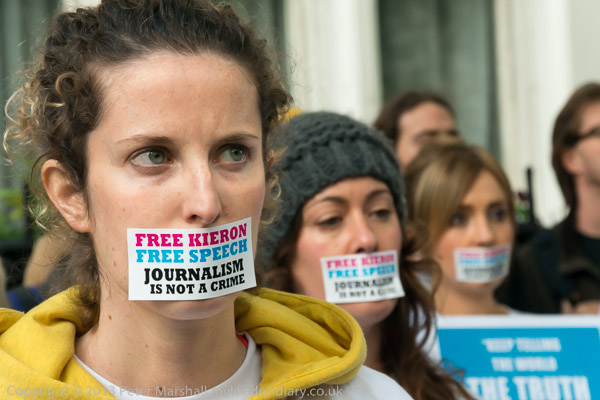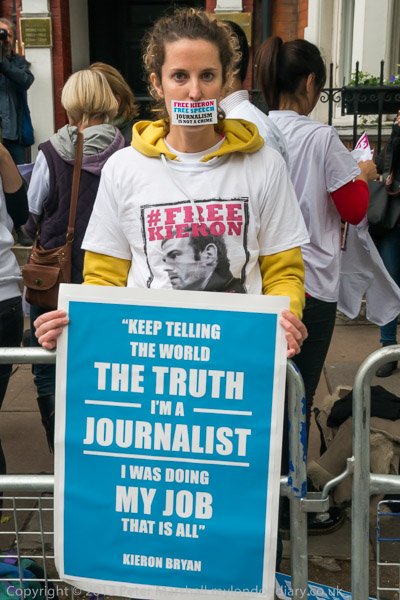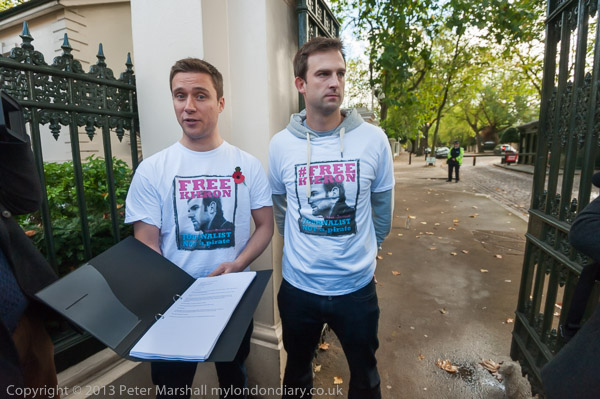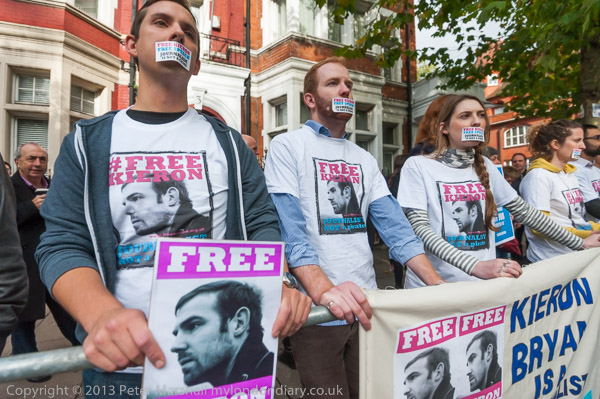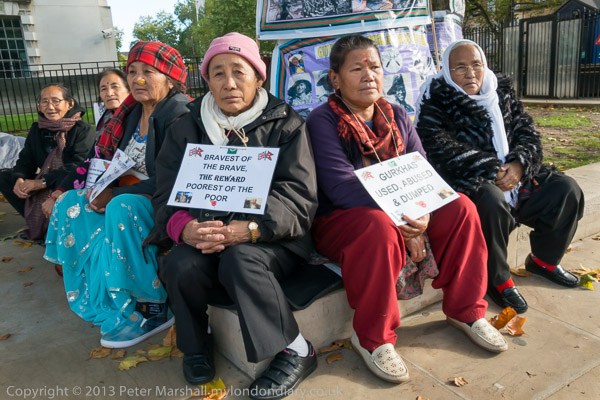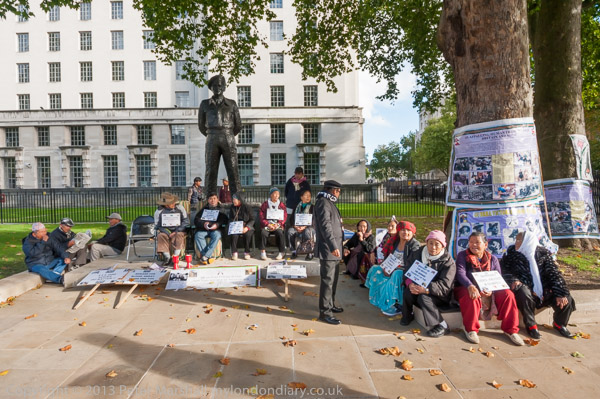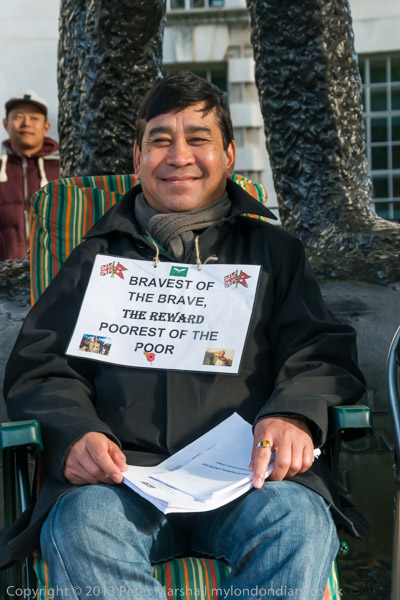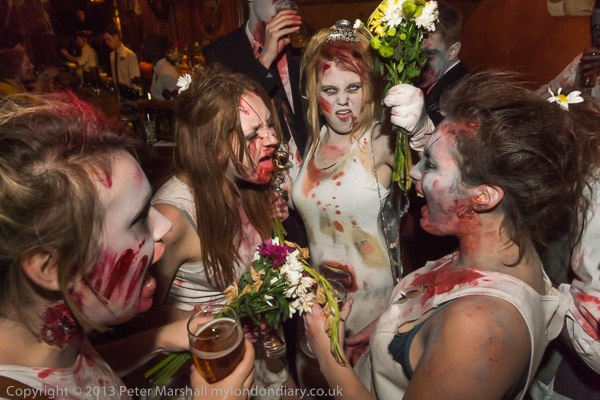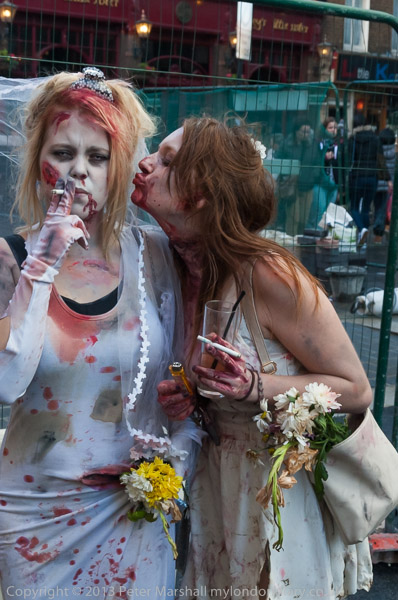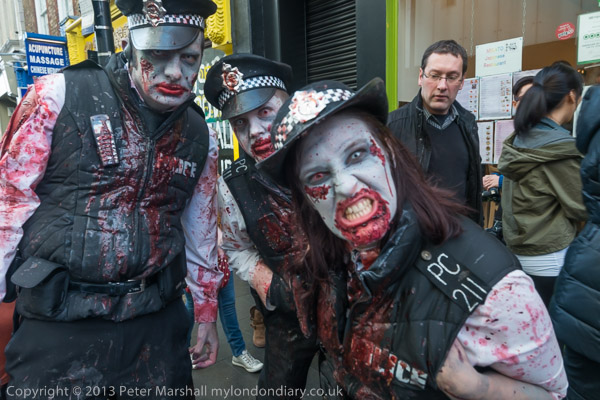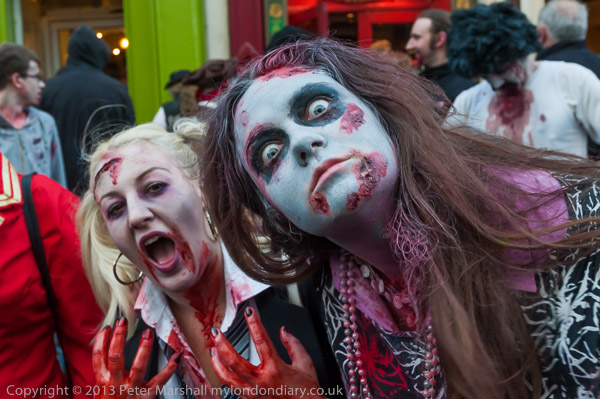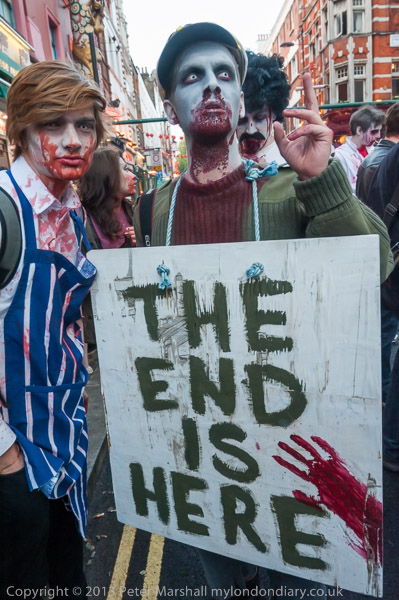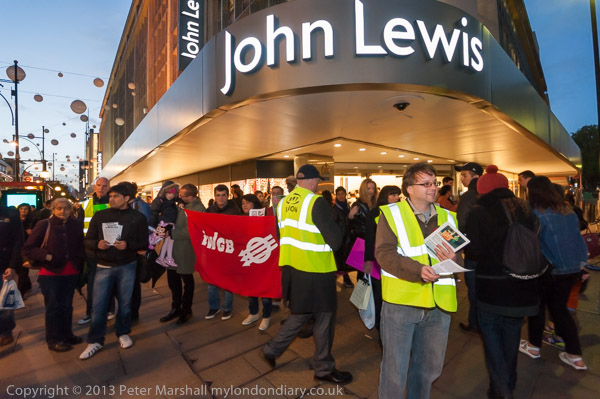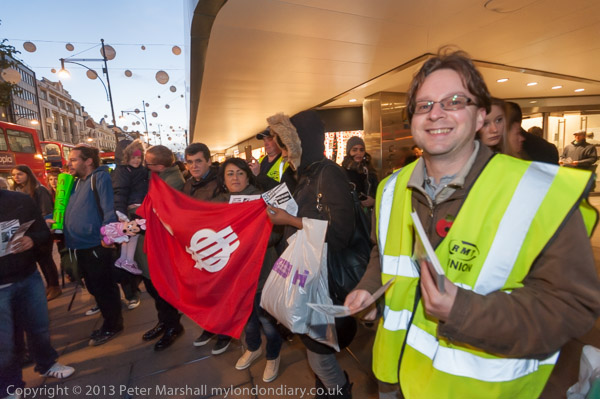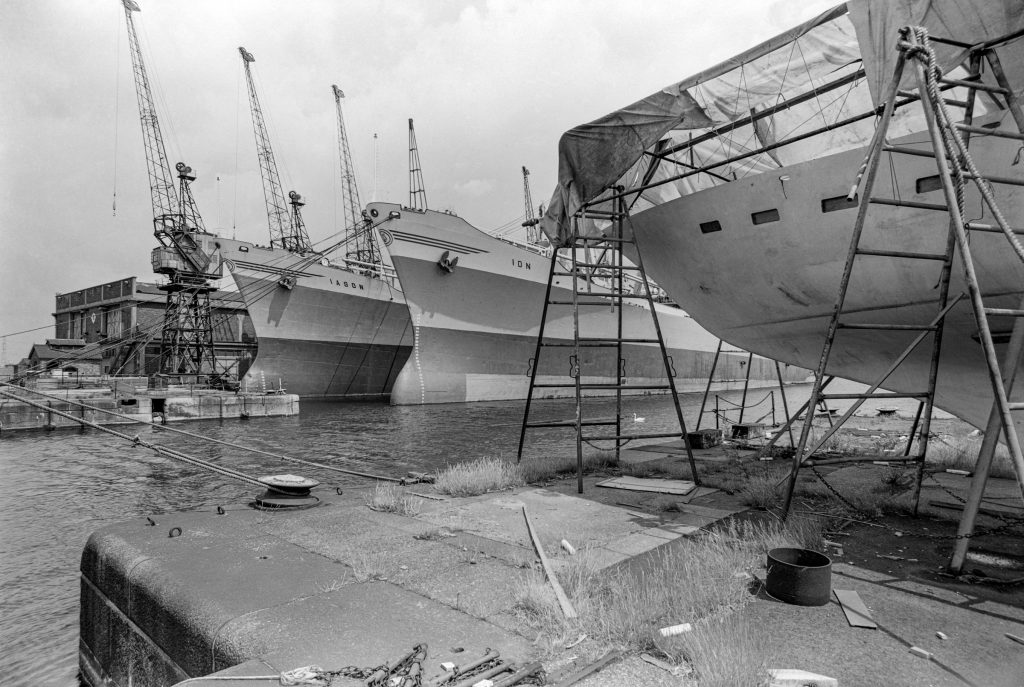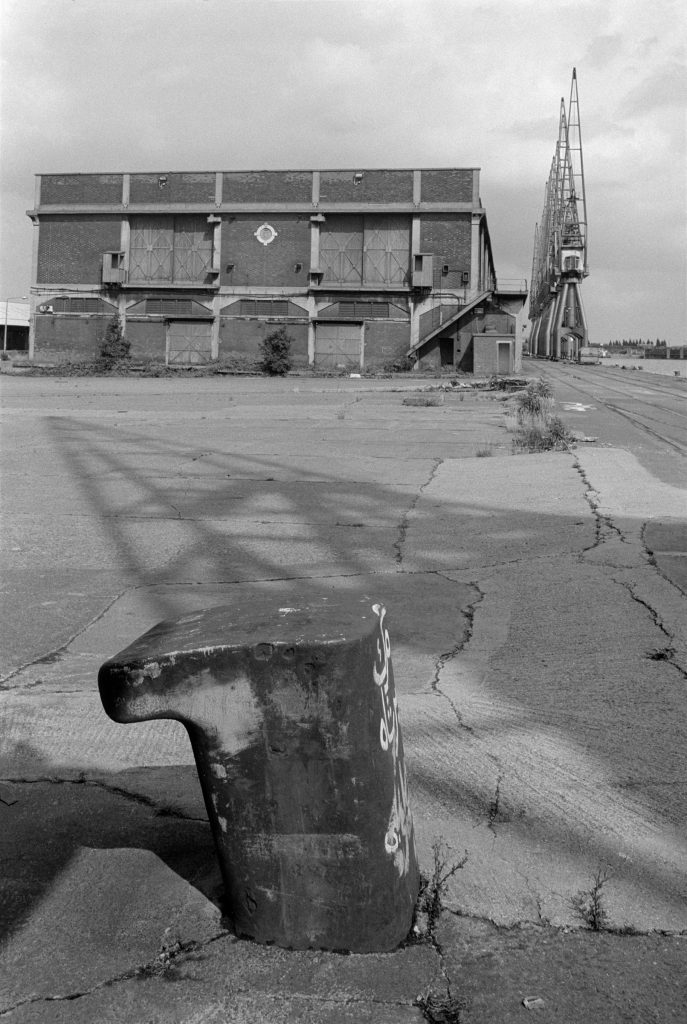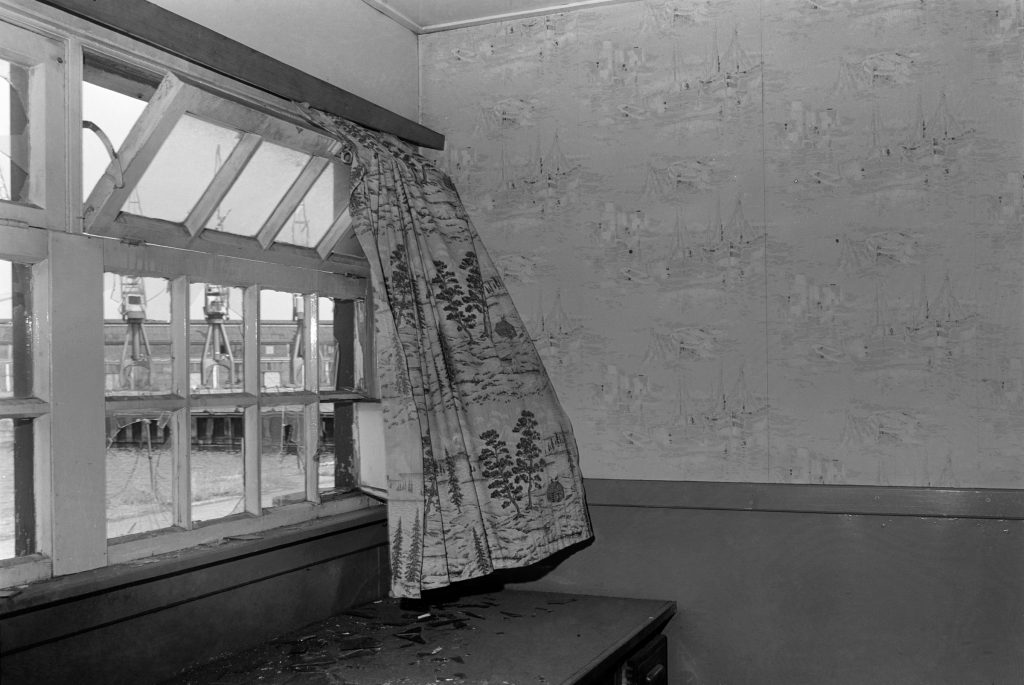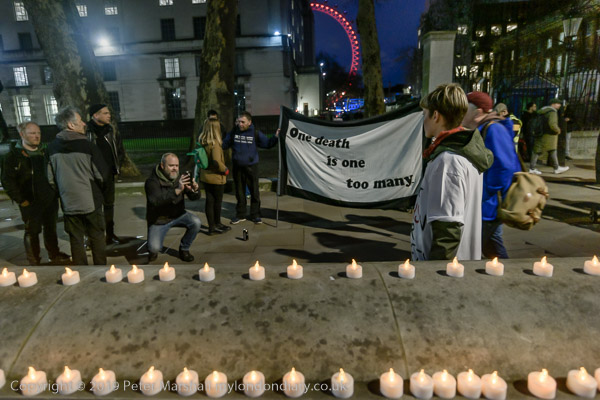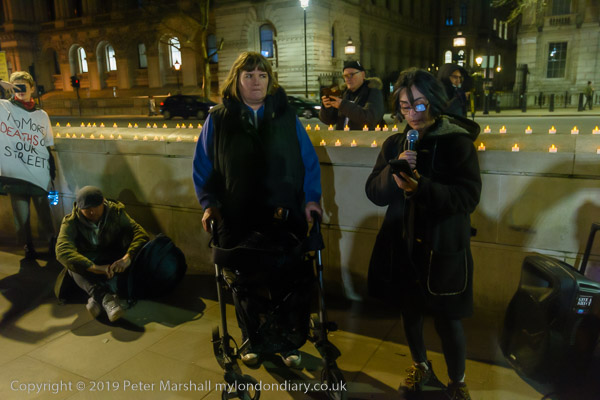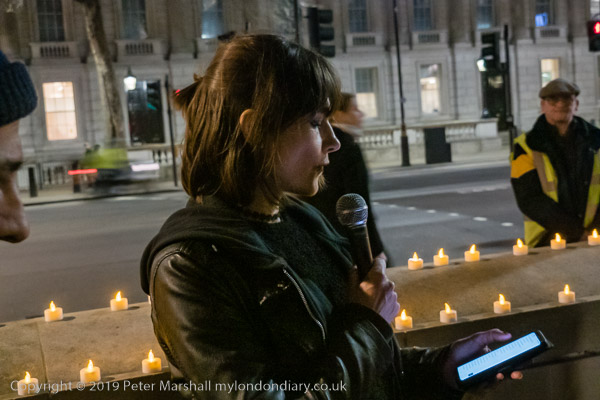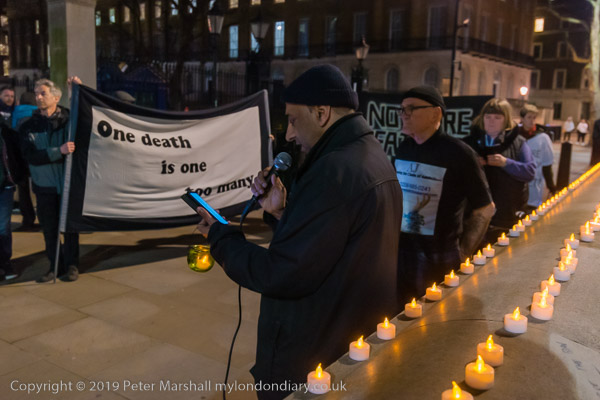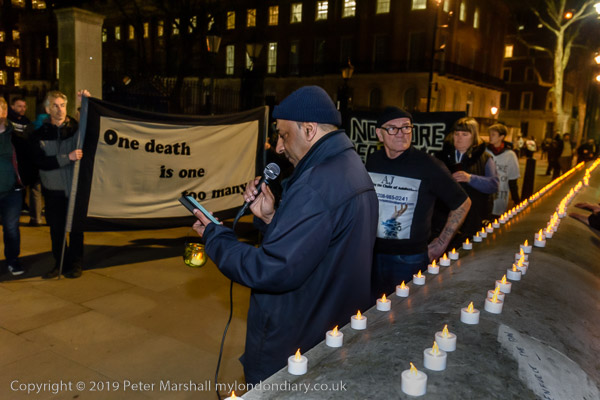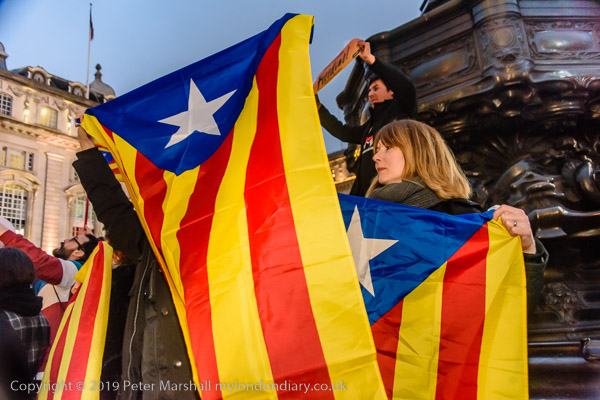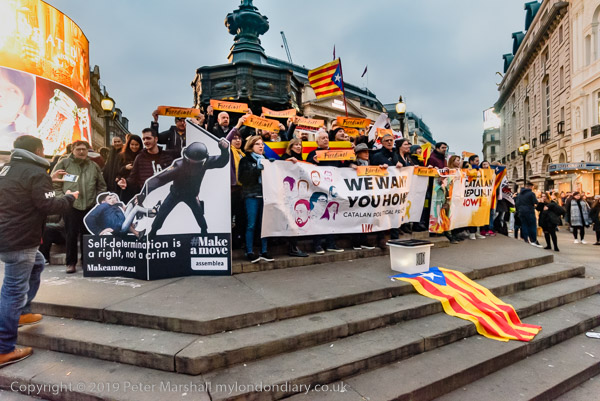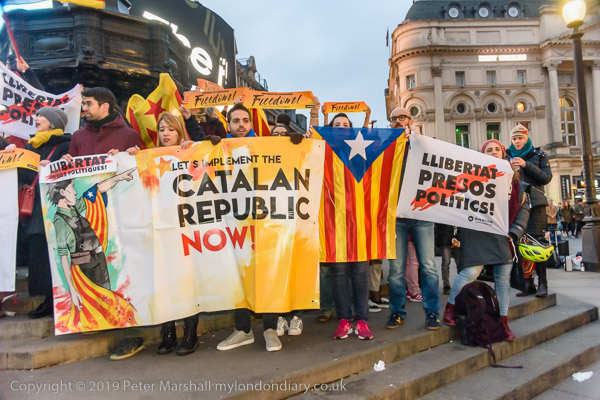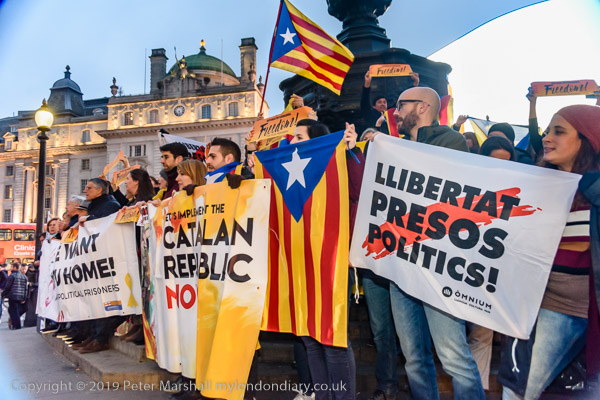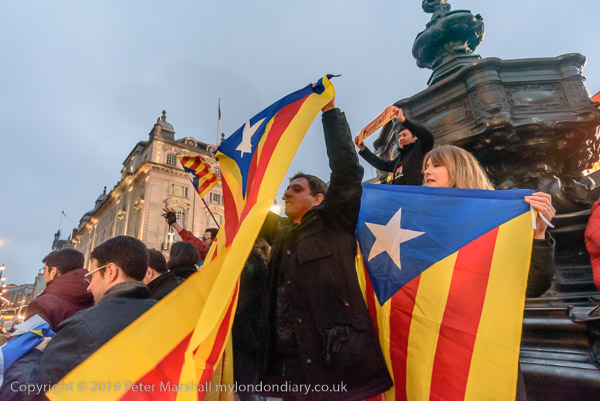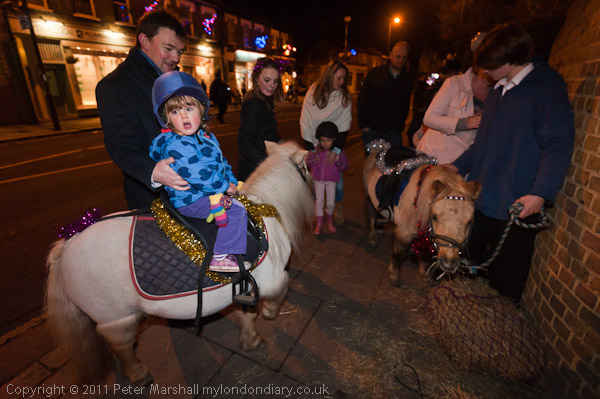
Today’s date reminds me that Christmas is still a month away. Personally I’d like to see a moratorium on any mentions of the forthcoming annual festival banned before December 1st and after January 6th with stiff fines for those who breach the rules. Thirty-seven days is more than a tenth of the year and surely that’s enough?
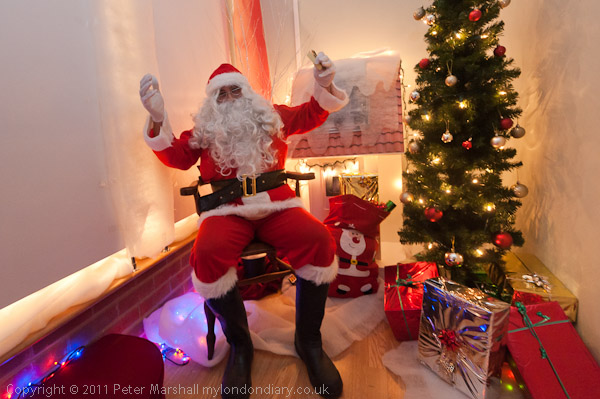
But perhaps we – and especially photographers – need something to cheer us up ofter the imposed blackout each year at the end of October when the clocks are returned to our archaic Greenwich Mean Time (and usually I forget to change the hour on at least one of my cameras for a week or two.) And at least the event at Hampton Hill was only a month early.
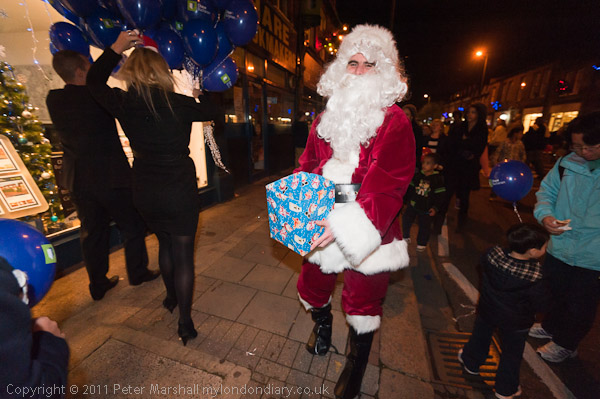
I doubt if there would be a great deal of support for my idea of a time system which came to me in a dream as I was in bed at around 2pm (or was it 3pm) when our clocks were changing, of avoiding the two sudden jumps in time each year by making incremental changes to keep sunrise always at 7am, although it would now be possible when so many timekeeping devices take their time from a distant time-server rather than being altered by pushing around the hands of a clock. But it would be rather better to do as we did for some years to keep to British Summer Time all year, as we did from 1968-71, and perhaps appropriate as our global temperature rises.
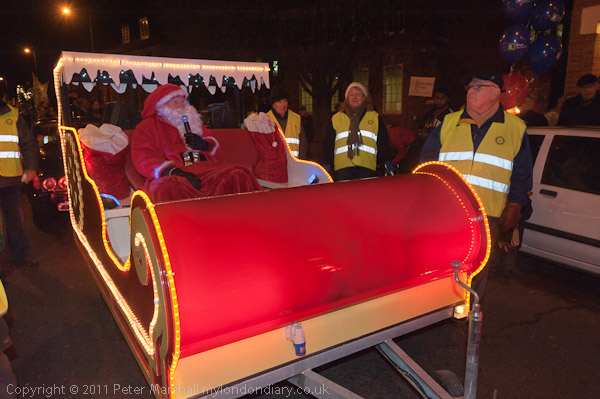
I’ve never much liked taking photographs in the dark, and many flash photographs are horrible, with overlit forergrounds and pitch-black backgrounds. Fortunately digital cameras now enable us to get away from this, at least to some extent, by working at much higher ISOs, which enable us to make photographs more readily in low light. Flash systems have also improved tremendously, an Nikon’s iTTL was, at least in 2011, the best of all, though their camera systems were designed to frustrate its best use. I got better at fooling it in later years. And just introduced were cheap handheld LED lighting systems, powerful enough to illuminate subjects a couple of metres away, though not much further. I used both flash and an LED light on different pictures at Hampton Hill as well as making use of available light where I could.
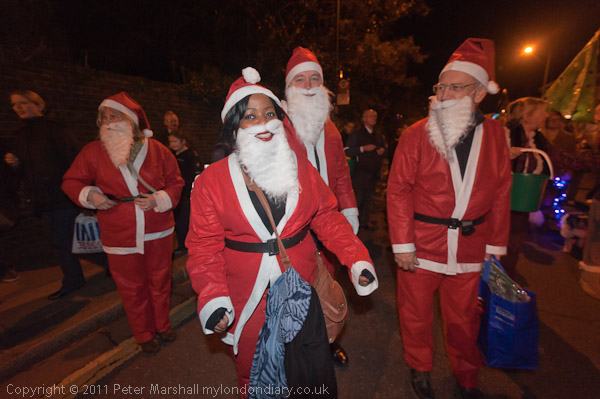
So here is the whole of my introductory text from My London Diary (with a few minor corrections) for the event. You can find more pictures with the original article online along with some picture captions.
Hampton Hill Christmas Lights – Hampton Hill, Middlesex.
Friday 25th November 2011
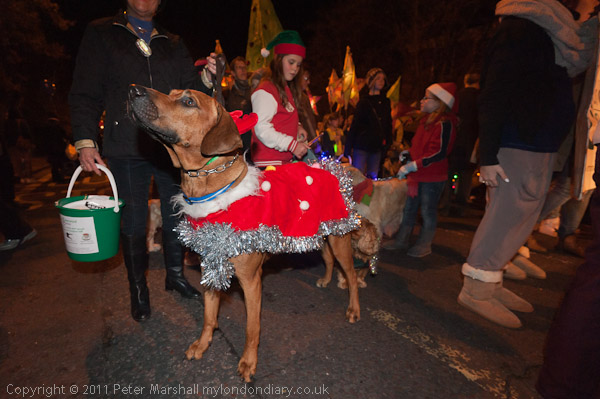
Crowds filled the High St in Hampton Hill for the 43rd annual Christmas parade last night, along with music, Morris Dancing and many stalls on the street and in the URC church hall making this a real community event
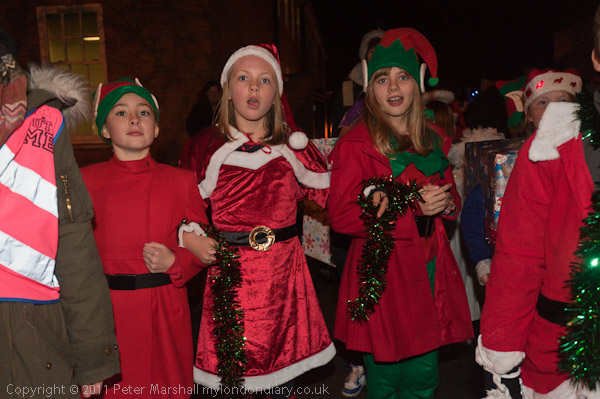
Although Christmas is still a month away, the people of Hampton Hill, just to the west of Bushey Park in the London Borough of Richmond, were out on the streets celebrating last night. Many of the shops along the street were open late, with some holding special events and handing out balloons and sweets.
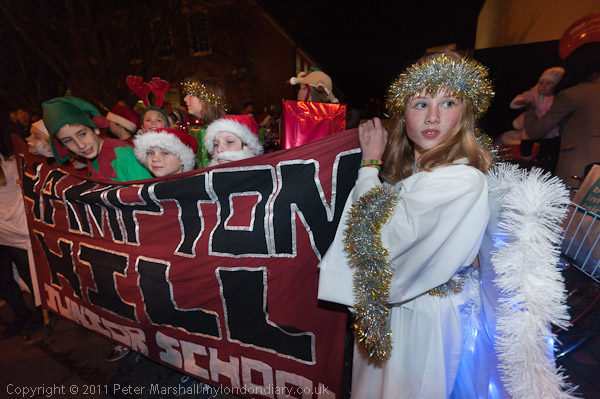
Santa was kept busy in his grotto seeing groups of children, and quite a few other Santas were out on the street, with a group in the parade accompanying the mayor. Morris Dancers performed in the middle of the road, closed to traffic, and tried to teach some brave young ladies one of their dances. The several pubs along the street were all kept busy, and it was also crowded at times inside the church hall, with several rooms full of stalls, as well as a continuing series of events inside the church itself.
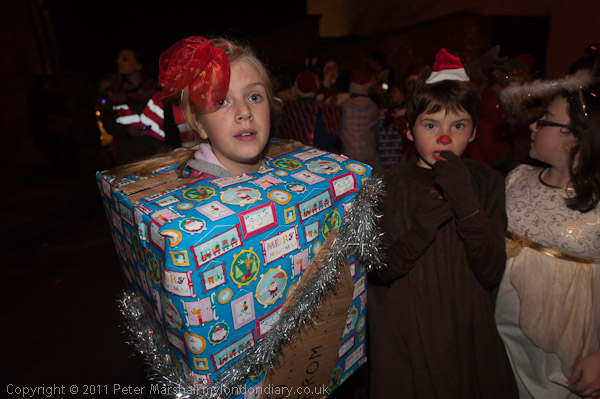
The highlight of the evening was of course the parade, which included some children on ponies and people leading Christmas-decorated dogs behind Santa in a large sled, and a large engine. But it was the energetic kids from local schools and youth groups that really brought the event to life.
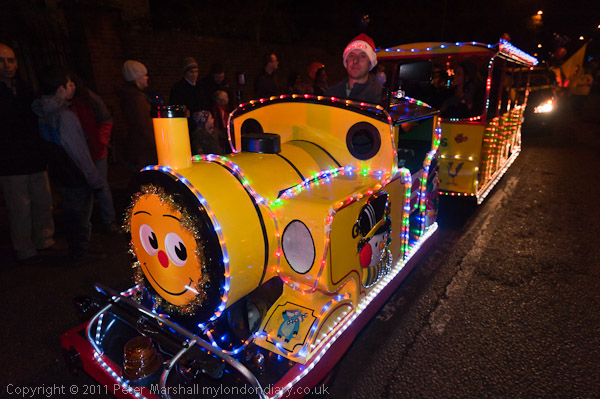
Unlike some other Christmas ‘lighting up’ events, Hampton’s seems very much to be one that involves large sections of the local community, which is perhaps why it is still very much alive after 43 years.
More at Hampton Hill Christmas Lights.
